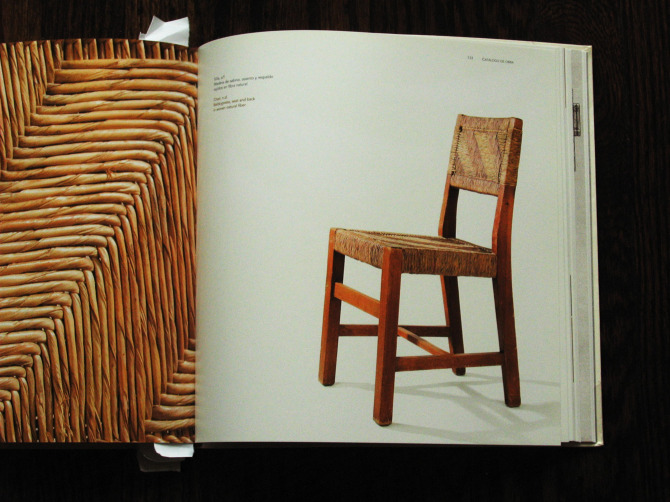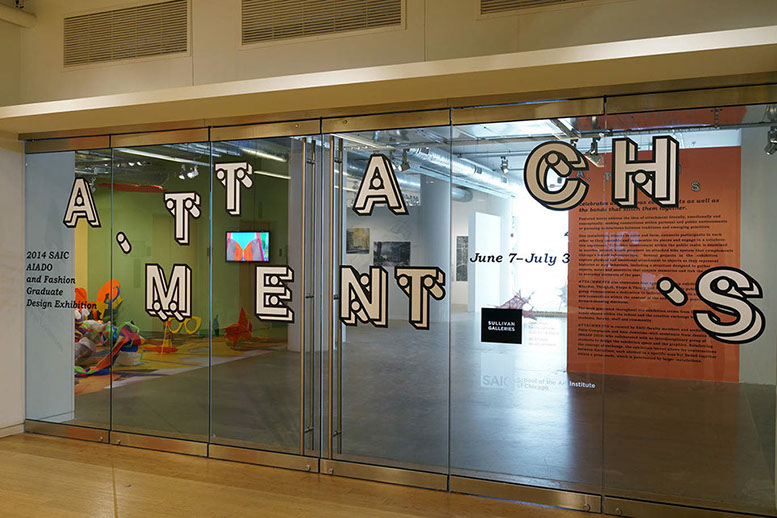When Patti Smith received an honorary doctorate degree from SAIC in 2011, she called Detroit our era’s East Village. Detroit, Michigan, yes. Not in the sense that it is within one of the world’s great cultural centers, but in the sense that it is rife with great artistic opportunity. The East Village was in the shadow of Wall Street and artists flocked to it when it was still cheap. When Smith came of age in New York City, the East Village was a place where artists could find each other and afford to live. Smith meant that the post-industrial wasteland that much of Detroit leaves it open to exploitation by communities of artists in ways that maybe no urban area has ever been.
Consider, for example, the recently established Write A House literary residency. In September of 2014, the nonprofit will announce the winner of an artist’s residency that is totally unique, both in that it is engineered to help build a city’s crumbled economic infrastructure and because of the house where the writer will live — the resident artist gets to keep it at the end. Write A House has purchased a home in foreclosure in Detroit proper for $1,000, which you can do there. Now they are renovating it through a partnership with Young Detroit Builders, another nonprofit where 18-24-year-olds working toward their GED make a living working in this full-time training program.
The catch is that the residency is two years long, and the resident must complete the full term in order to own the home at the end. Local Detroit literary figures will judge the applicants for their accomplishments as writers but also for the “ability of applicants to contribute to the neighborhood and the wider literary culture of Detroit.” Resident artists must also be low- or moderate-income writers.
Presumably, Write A House is familiar with certain instances of gentrification, in which artists move into a dilapidated area of a city to take advantage of cheap rent and space to work and hold events. At some point, a small business springs up. It is a coffee shop or an architectural salvage company in the cliché. Soon the neighborhood takes on a character desirable not just by artists, but by middle-income people, who are also attracted to cheap rent, as well as to what they might call a “cute, quirky neighborhood.” More businesses move in hoping to take advantage of these new residents. This makes higher-income people feel okay about moving there, too, and besides downtown is just getting too expensive. Soon a condo building is going up next to the architectural salvage store, and the artists are getting priced out of homes in the neighborhood they helped build.
In the case of Write A House, if this happened in enough of Detroit’s neighborhoods, the city’s tax-base would grow, and things might actually turn around from the dismal scene on some streets: boarded up homes, electrical lines severed, dead industrial parks. Plus, the program gives young men something to do and a skill they can use in the workforce, and this is only the first home that Write A House has plans for. With this and all of the other innovative programs aimed at combatting poverty and decay in urban Detroit, the city might just have a chance. Thanks, in part, to artists, who in the case of Write A House residents, may also find their property taxes one day too high to afford. If only gentrification could be halted somewhere in the middle of its trajectory, you know, before it pushes groups of low-income ethnic minorities into the suburbs, for instance.







